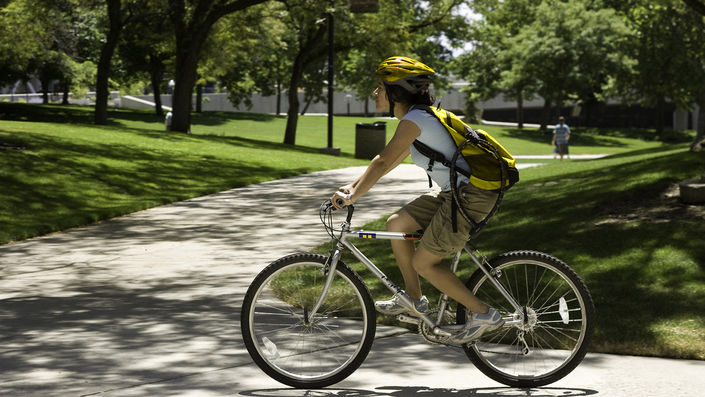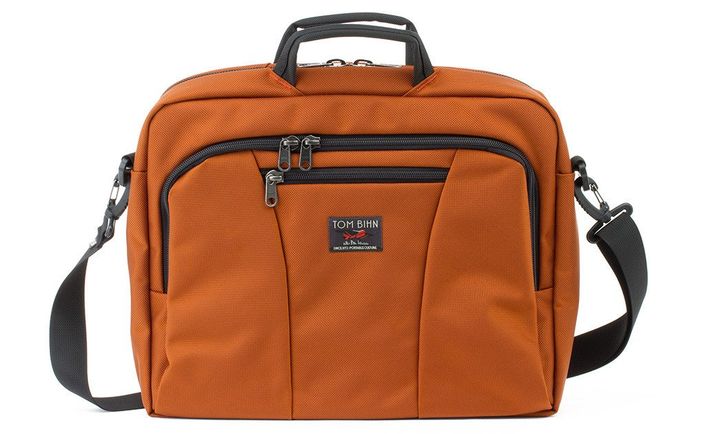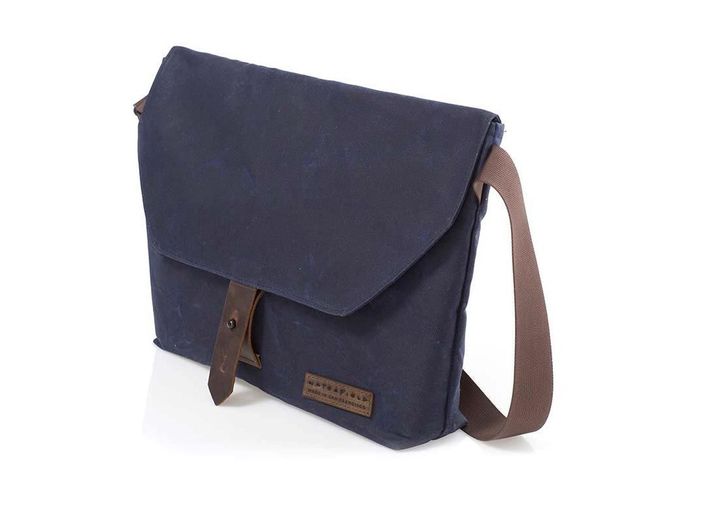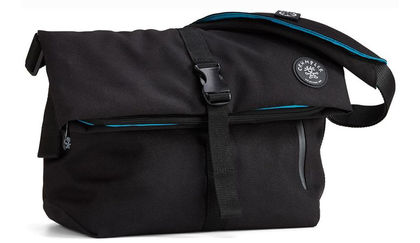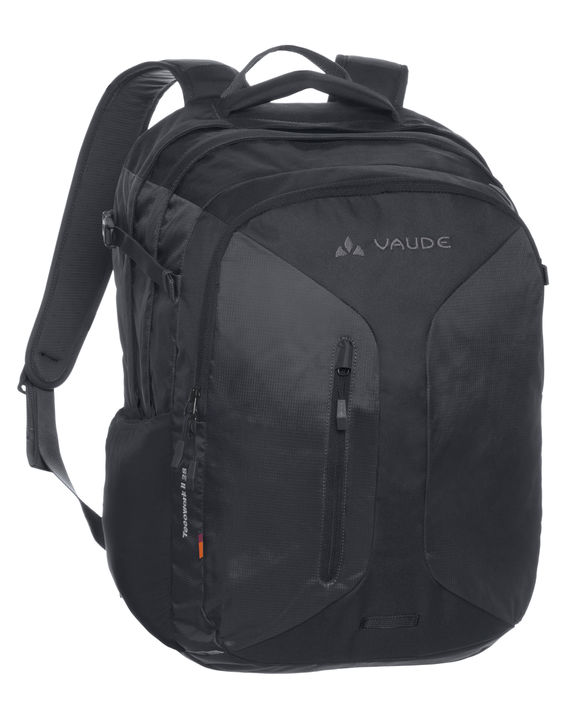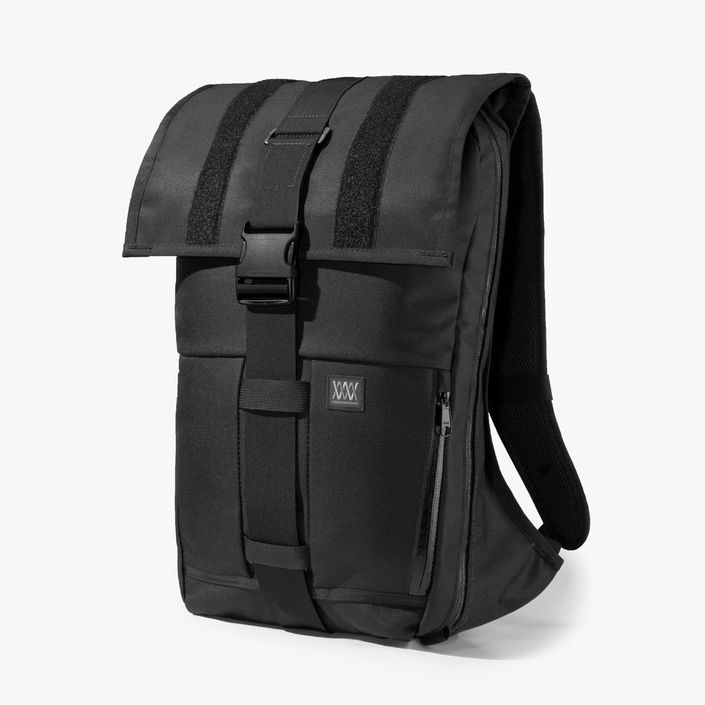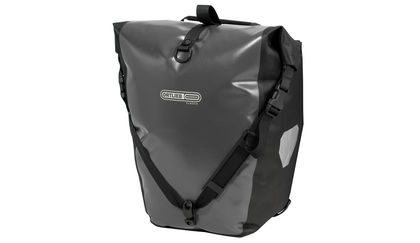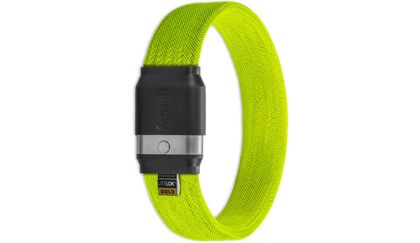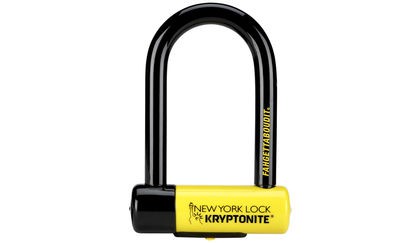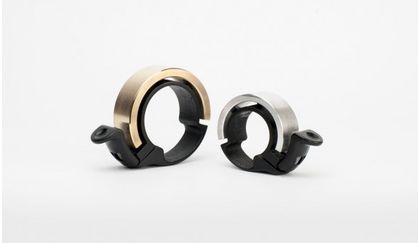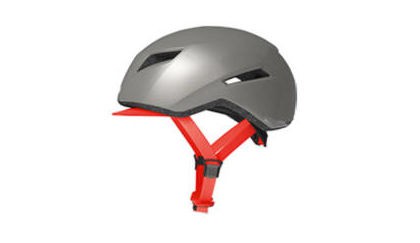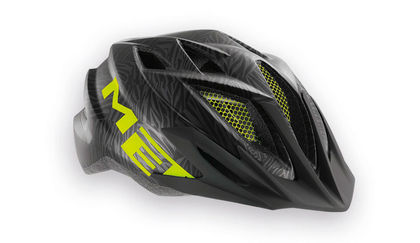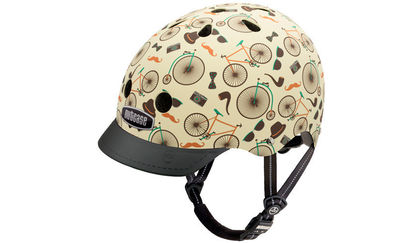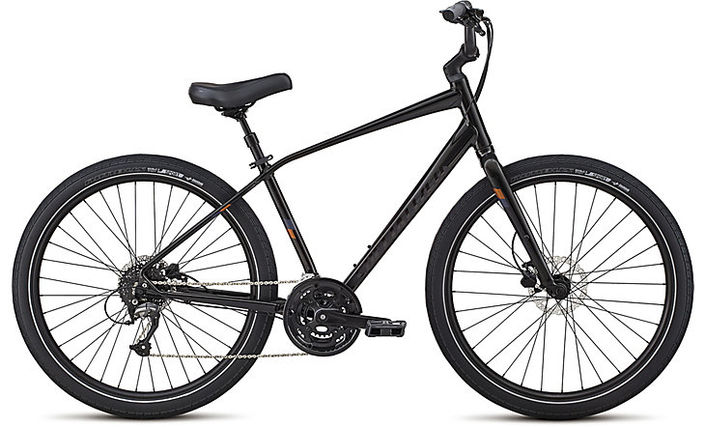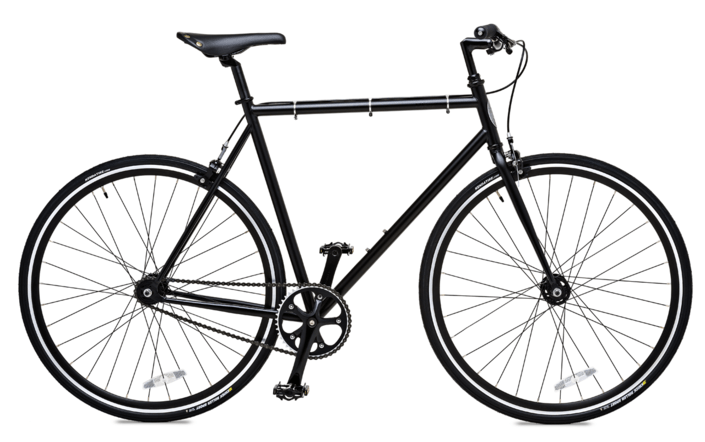After a refreshing break, it’s time to head back to school, college, or university. What cycling gear do you need to get yourself (or your kids) on the bike for the commute? Here are some essential items and specific product recommendations to get you going.
Bags and Backpacks
With so many different bag styles to choose from, you may find yourself wanting more than one. You’ll need to choose one that suits your style of commuting. Consider the commute distance to decide if you want a messenger bag or backpack style. Backpacks sit better on your back and are more comfortable for longer rides. Messenger bags look much more stylish, but can move more and get annoying on longer commutes.
Messenger style
The Tom Bihn Cadet bag ($160) has plenty of pockets to keep your things organized, including separate compartments for your laptop or tablet. You can upgrade to a thicker strap ("The Absolute Shoulder Strap") to spread the load on your shoulder and add to the comfort.
The WaterField Designs cycling musette bag ($69 USD) would suit those students who like to travel light. They are made in San Francisco in small batches. They mimic the traditional cycling musette and are designed for easy access while riding. You can customize it with a flap for better security and weather protection ($89) or leave it without for easier access. It has enough space for your wallet, phone, keys and a laptop.
I am a self-confessed Crumpler bag junkie, owning nine Crumpler bags of different sizes and styles. Crumpler began in Melbourne, Australia, with a focus on messenger bags for bike couriers, so they know how to design and make the perfect bike bag. The bags all have great names, with the Flock of Horror bag ($105 USD) being a nice little bag for your notebook and iPad (the iPad area has a soft lining).
Backpack style
I could harp on about another Crumpler bag here, but instead I’ll give mention to one of my other favorite bag brands, Vaude. The Tecowork II 28 is a great student pack, full of compartments for tech gadgets and a place for a 15.6" notebook ($117 USD).
If you need room for textbooks, lunch, a computer, science project, and a change of clothes, then you need the Rambler from Mission Workshop. The bag can expand from 22L to 44L, making it perfect for carrying tons of heavy books and gear. The Rambler is handmade of high quality materials and is water resistant almost to the point of being waterproof. It isn't cheap ($295 USD), but it will likely last well beyond anyone's high school and college days, and is backed by Mission's lifetime warranty, making it a lifetime purchase.
Pannier bags
Panniers are a great option if you don’t want a load of books and stuff on your back while riding.
Save your spine and shoulders and consider the Topeak Dynapack DX ($95 USD). It doesn't require a rack; instead, it attaches to the seatpost and has a quick release mount. The weight capacity on this one is 4.5 kg / 10 lb.
With a rear rack, you can use the Ortlieb Back Roller Classic ($90 USD). It’s easy to mount and release, waterproof, and has a strap for easy carrying when it is taken off the bike.
Locks
You have to leave your bike locked up while you're away at class and studying hard, and maybe leave it outside where you live if you can't bring it in. You can spend less on locks, but security has its price, and a good lock is much cheaper than the hassle and cost to replace a stolen bike.
These flexible locks from Litelok look a bit different to the traditional locks, but they are super strong and yes, you guessed it, light. They are just 1.1 kg (2.4 lbs) and can be carried on the bike or in a bag ($112 USD).
If you want something even lighter, check out the 560G from Altor, which is made from Grade 5 titanium for an impressive strength-to-weight ratio. With a folding design, you can extend the lock's reach around large objects or fold it up to fit inside a bag ($180 USD).
For something cheaper, the Kryptonite New York Fahgettaboudit Mini U-lock is a compact lock (8.3 cm x 15.3 cm) which still boasts strength and durability ($103 USD).
RELATED: What to do if your bike gets stolen
Bike bell
A well-timed 'ding' from a bike bell can help you avoid smacking into wayward pedestrians or other cyclists, especially on a busy campus. Drop into any local bike shop and you'll likely find an assortment of basic bells to do the job.
If you're looking for something more, the Oi Bike Bell by Knog is by far the most stylish bell on the market. Knog describe it as ‘the bell that doesn’t look like a bell’. It comes in two sizes so you’ll need to measure your bars to make sure you get the right one ($20 USD).
Lights (and cameras)
Lights are a must-have for night riding and are even helpful for your visibility and safety during the day. Again, head into your local bike shop for a variety of options at a range of prices. The more you spend, the brighter you typically get, and better lights come with built-in, rechargeable batteries you can rely on for many hours of riding.
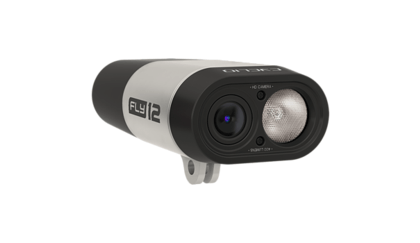
One of our favorites is the Cycliq Fly12, a combined front light and HD video camera. The Fly12 has massive battery power for its 400 lumen light and full HD video recording with audio. It links to Strava and it even has an integrated bike alarm. Video can be used for fun or for a serious look at your riding encounters. Just be careful not to spend too much of your time watching versus studying. At $299 USD, it isn’t the cheapest, but it sure is cool.
Helmet
Protect that smart brain of yours with an Abus Yadd-I helmet ($80 USD). It has a removable fabric visor and three ‘intelligently’ positioned ventilation ducts to keep your hot head cool.
The MET Crackerjack helmet ($59 USD) is designed for smaller heads. It has a built in rear light, so you’ll never get stuck without a safety light. Have you ever had a bee fly through the front vent of your helmet? To save yourself the pain and awkwardness of that experience, the Met team have integrated an insect mesh inside the helmet to protect you. Nice one!
You will stand out in the crowd with a Nutcase Street helmet ($70 USD). Designs include polkadots, cow spots, bio-hazard, and more.
Bicyle insurance
The word ‘insurance’ often makes people cringe; the whole process of it is not fun: quotes, premiums, claims... Zzzz zzzz. But, if you ever had a bike damaged or stolen without insurance to help fix or replace it, the experience is even more depressing.
First, check if you have coverage through your home, apartment, or auto insurance. If you don't, or it's not enough to have you feeling comfortable, you can get bicycle-specific insurance that covers accidental crash damage, theft, and even medical expenses for yourself. Ask you existing insurer or go through companies like Velosurance and Merkel.
Bike
Start the new semester with a new bike. Go on, you deserve it. You’ll been studying hard and it’s a great motivation to stay active, which is proven to make you smarter.
The Specialized Roll Elite ($700 USD) and Roll Elite Low Entry ($490 USD) models offer a comfortable ride which won’t cost you the earth. Most of the Roll models come with fender/rack mounts to easily mount panniers.
The Brooklyn Bicycle Co. Wythe ($499 USD) has a simple design, with no fancy features, but it somehow manages to stand out. A favorite single-speed or fixie commuter bike for many, and it is a great value.
Another, cheaper bike with everything you need to commute is the GT Traffic 3.0 Equipped ($510 USD). No need to purchase add-on accessories with this one. It comes with lights, full fenders, and a rack with a spring clip. Yes, it's low-rent everything, but it goes just fine. And no horrifying gel plushy on the saddle.

RELATED ARTICLE:
Your kid should bike to school - here's why and how
Kids are getting back to school and biking there is better for you and them in many ways. Here are the reasons and tips to help you and your child pedal to class... READ MORE
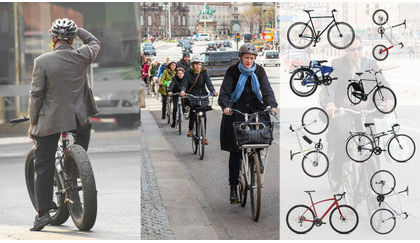
RELATED ARTICLE:
8 Favorite Commuter Bikes
Whether it's Bike Month, avoiding traffic, the desire to exercise, or simply to get out that inspires you, we have the bicycles you should look at for your commute... READ MORE
liq
